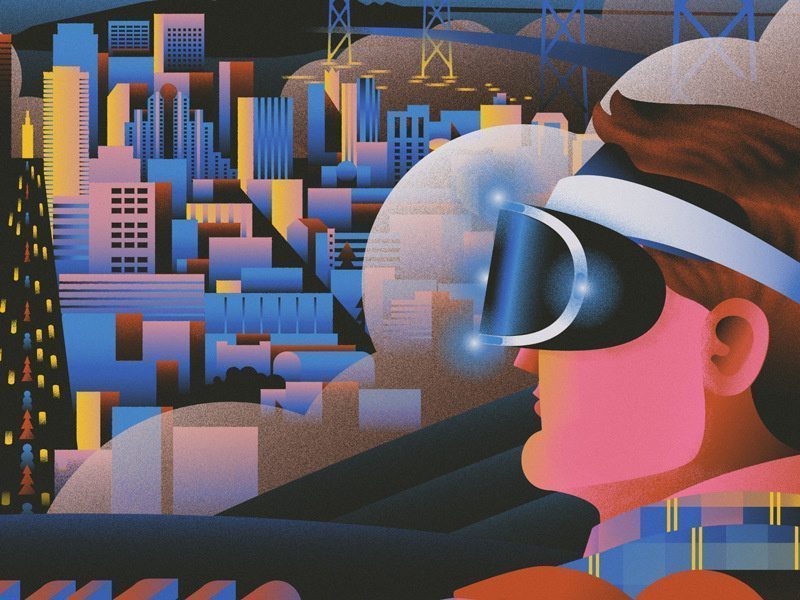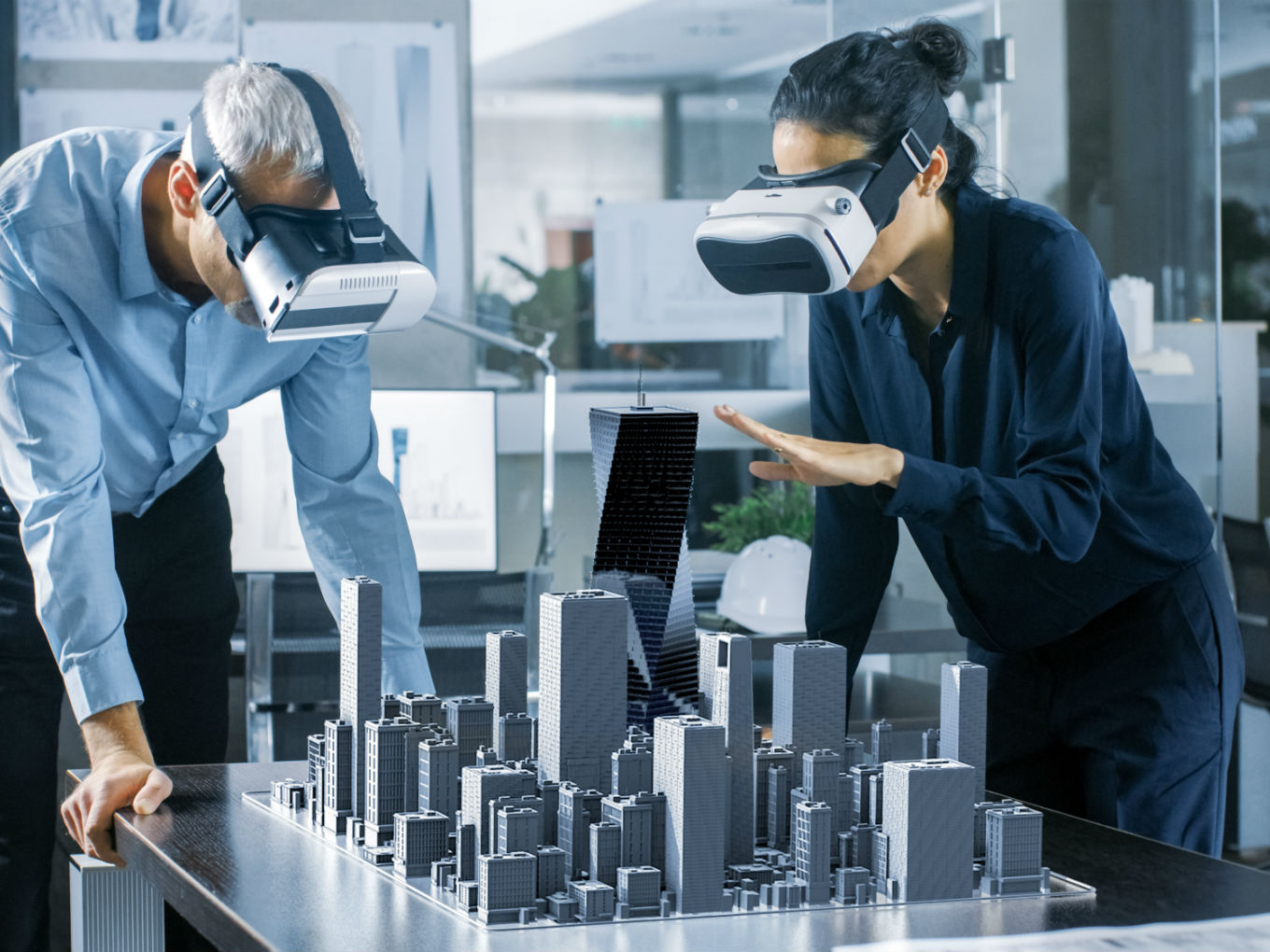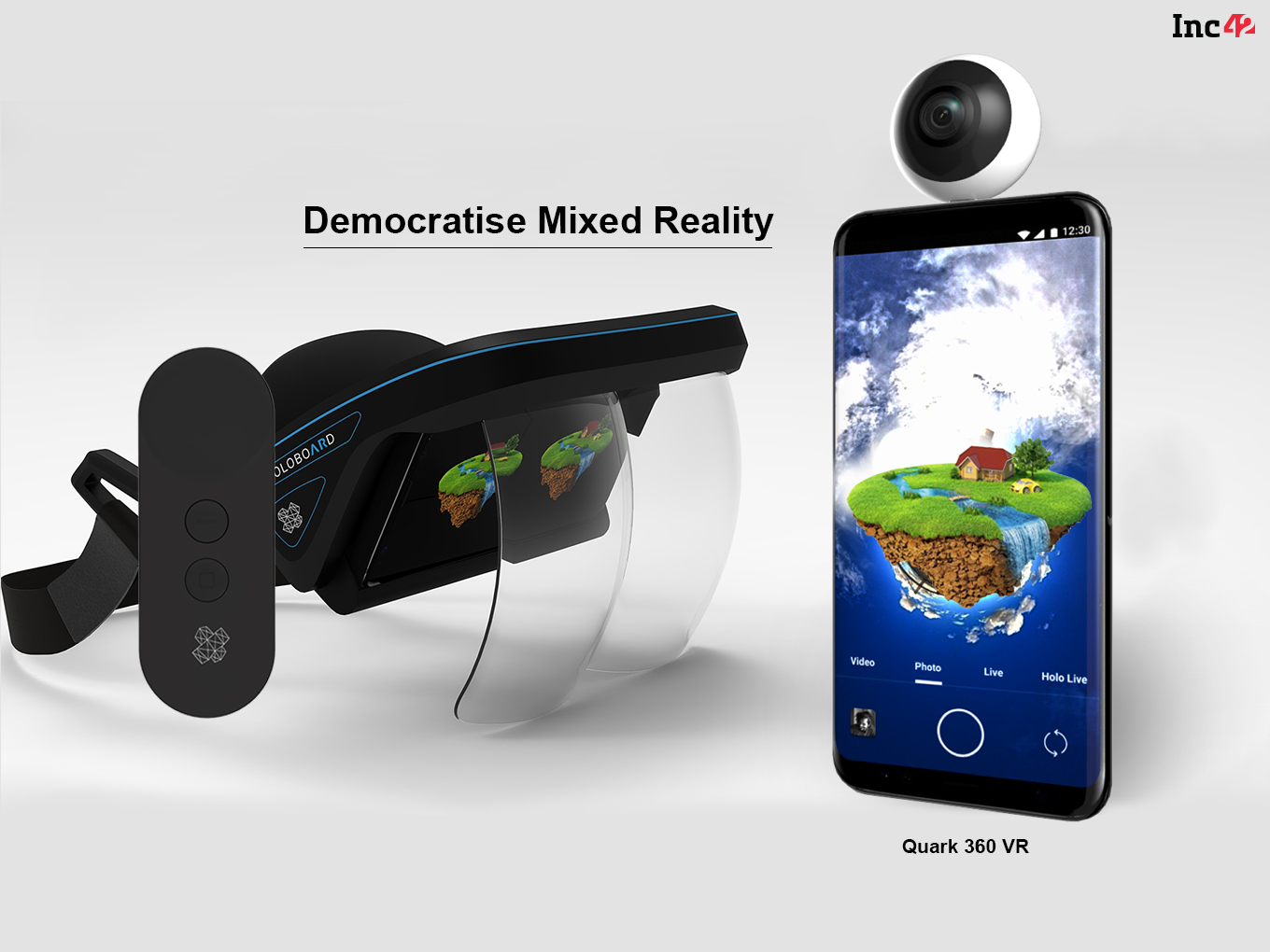Recently, Lenovo launched the world’s first Tango-enabled smartphone. Tango is a new technology from Google that enables augmented reality (AR) gaming and utilities right from your smartphone. It lets the user see objects and information overlaid onto the real world. One can also measure objects with a smartphone or visualize an object in the real world. Isn’t this crazy like you can actually see if an IKEA furniture can fit well in that spot.
My first experience with any type of advanced realities was in 2013 through Nokia’s City Lens app. This app was powered by Nokia’s augmented reality technology which shows you what’s around you with the help of your camera viewfinder. Then two years later, in 2015, I experienced virtual reality through VR-based games on Oculus Rift at Smaash, India. The experience around both the technologies was different and mesmerising. The former gave me a hyper vision and the latter teleported me into a different world. Around the same time, I learned about Microsoft’s HoloLens and Magic Leap and the concept of mixed reality. It offers the benefit and experience of both the technologies. At present all these technologies have garnered the same level of hype and interest once QR code or NFC had. Tech giants like Facebook, Google, Microsoft and others have invested millions of dollars into these technologies.
Will these technologies live up to their hype or will they die like Google Glass or 3D TV?
Virtual Reality has been there in the headlines since 2014 when Facebook made a $2 Bn acquisition of Oculus VR. VR is not something that has been created of late. It has been there for a few decades now. It failed to take off because the hardware technology was not mature enough to support VR.
Goldman Sachs Group believes this industry will be worth $80 billion by 2025.
Of course, there are numerous applications of VR, ranging from education to gaming. So did Google glass, yet it failed. I am of the personal opinion that technology can never be a solution. People don’t buy technology, they buy the experience and the benefit that comes with that technology. A product without any clear function or benefit for the user will always struggle to find mass acceptance. To a certain extent, I feel that VR is just a passing fad like 3D TV and will eventually fade away for similar reasons.
Some of the influencing factors are
- Accessibility: It will continue to hold back VR from getting into the mainstream. VR is a very resource intensive technology and it requires a minimum level of GPU, hefty CPU, and broad storage to run VR software. Hence, these hurdles will limit the accessibility of the technology to many. Screenless VR headsets like Google Cardboard and Samsung GearVR may keep the interest in the technology alive.
- Affordability: Along with VR Head Mounted Device (Oculus Rift or HTC Hive), you also need a PC with high-end graphics and plenty of computing power, which is an added cost. But the question is how many would be able to afford this cost? It could potentially be argued that in future advanced manufacturing processes and mass production can drive down the cost, but for that to happen VR has to become mainstream soon.
- Comfort: Hanging a brick in front of your face for hours is certainly not comfortable. It doesn’t matter whether the brick is made of plastic or has a matte finish. Lately, many VR users have also complained of feeling nauseating and spatial discomfort after prolonged exposure to VR. The great experience is coming with a huge discomfort and health concerns.
- Content: The success of Android or iOS platform or the failure of Windows or Blackberry platform clearly conveys that the usage of these technologies is driven by content. We can draw the analogy of chicken and egg here. The content creators would create VR content only if there is a significant VR user base and the users will only adopt the technology if there are VR content to consume.
- Unclear benefit: VR has strongly been associated with gaming. In fact, in the recent times, it has shown an over dependence on the gaming industry, which I would say is good as well as bad. It’s good because it will act as a catalyst for the VR platform to grow and bad because it would eventually be perceived as a gaming hardware by the consumers and might discourage its adoption in other areas. Though the potential applications of VR in other areas have been identified, its viability is yet to be seen. The more the benefits remain unclear to the user, the slower or lesser would be the interest, adoption, and demand for VR.
Augmented reality is another technology that is as old as virtual reality. We all have come across AR-enabled ads that ask us to pull out our phone and point at an ad to interact with an animation. Though the concept was interesting, it failed to take off. The reasons for failure were quite similar to VR – the required level of hardware technology was not in place. Mobile phones were the only accessible and easily available device to experience AR but they were low spec devices. Over the years, AR continued to draw more interest with AR-based games and apps till it became a headline with Google Glass and the world went gaga over the tremendous opportunities it offers. Even though it turned out to be a failure and a bad investment for the users, it succeeded in showing us a possible future with such devices. Since then several companies have jumped into this space to create Google Glass 2.0, which Google has shelved for now.
But the future looks bright again after Microsoft unveiled its HoloLens AR headset, which doesn’t block a user’s sight when it is being used and gives a hyper vision capability when needed by the user for a specific task. The technology behind Microsoft’s HoloLens is an advanced AR, also referred to as Mixed Reality as it seamlessly merges the virtual objects with the real world, unlike in AR where it overlays the information on the real world. It is quite evident that Microsoft is making sure to avoid all sorts of mistakes Google committed with Google Glass. Google positioned Google Glass as an always-on and always-with-you device which sits on everyone’s face, whereas Microsoft is positioning HoloLens as something you put on to do a thing and take it off after that thing is done. It is precisely articulating the benefits of the product. The user need not wear HoloLens all the time.
If you thought Microsoft was the only company in the Mixed Reality space, well there is Magic Leap, a secretive startup with Google as one of the early investors. Magic Leap aims to build a lightweight wearable that merges the physical and digital world. Rony Abovitz, CEO, Magic Leap says, “It’s not holography, it’s not stereoscopic 3-D. You don’t need a giant robot to hold it over your head, you don’t need to be at home to use it. It’s not made from off-the-shelf parts. It’s not a cellphone in a View-Master.”
Magic Leap looks more interesting and impressive than HoloLens, given the fact that the device doesn’t require to be tethered, can be worn just like normal reading glasses and also provides the view of the real world at the same time.
Rachel Metz has written an interesting article in MIT TechReview, on her experience with Microsoft’s HoloLens and Magic Leap. She says, “Unlike some stereoscopic Virtual Reality 3D technologies I’ve tried, such as Oculus Rift, HoloLens did not make me feel nauseous, which bodes well.”
This brings us to the most crucial point – safety and health concerns around these advanced realities. Both Microsoft HoloLens and Magic Leap need to battle the challenge to make the design of the smart glasses aesthetically more appealing and less bulky. But at the same time, they need to counter the health implications of these technologies. Mixed Reality may not be causing nauseatic feeling on few hours of usage, unlike Virtual Reality. But what happens when we use it for ten thousands of hours. These eyegears would be constantly emitting harmful radiations so close to our head. Mixed Reality is basically fooling our body and mind, making us believe that the things we see in the Mixed Reality mode exist in the real world too whereas they don’t exist at all. This probably could induce some long-term effects which we might not know now.
Recently Keichi Matsuda released a short film “exploring a future city saturated with technology and media.” More than exciting us about the future with augmented reality, this video rather depressed many. I certainly don’t want to experience such a future overloaded with information.
In spite of all the concerns mentioned above, Augmented Reality and Mixed Reality has every reason to emerge as a winner in the future. MR enabled smart glasses are basically augmenting the features or capabilities of our smartphones. I strongly feel that smart glasses could potentially become our next smartphone. If not replace, it will certainly co-exist with smartphones in future. The future could be both exciting as well as depressing; it would solely depend on how we humanise the technology to our benefits today. Instead of offering numerous possibilities, technology should demonstrate significant and unique potential for improving our lives, individually and collectively.
[Contributed by Sajan Mathew. He is currently pursuing his MBA at Rotman School of Management, University of Toronto and has a professional background in automotive engineering.]



























